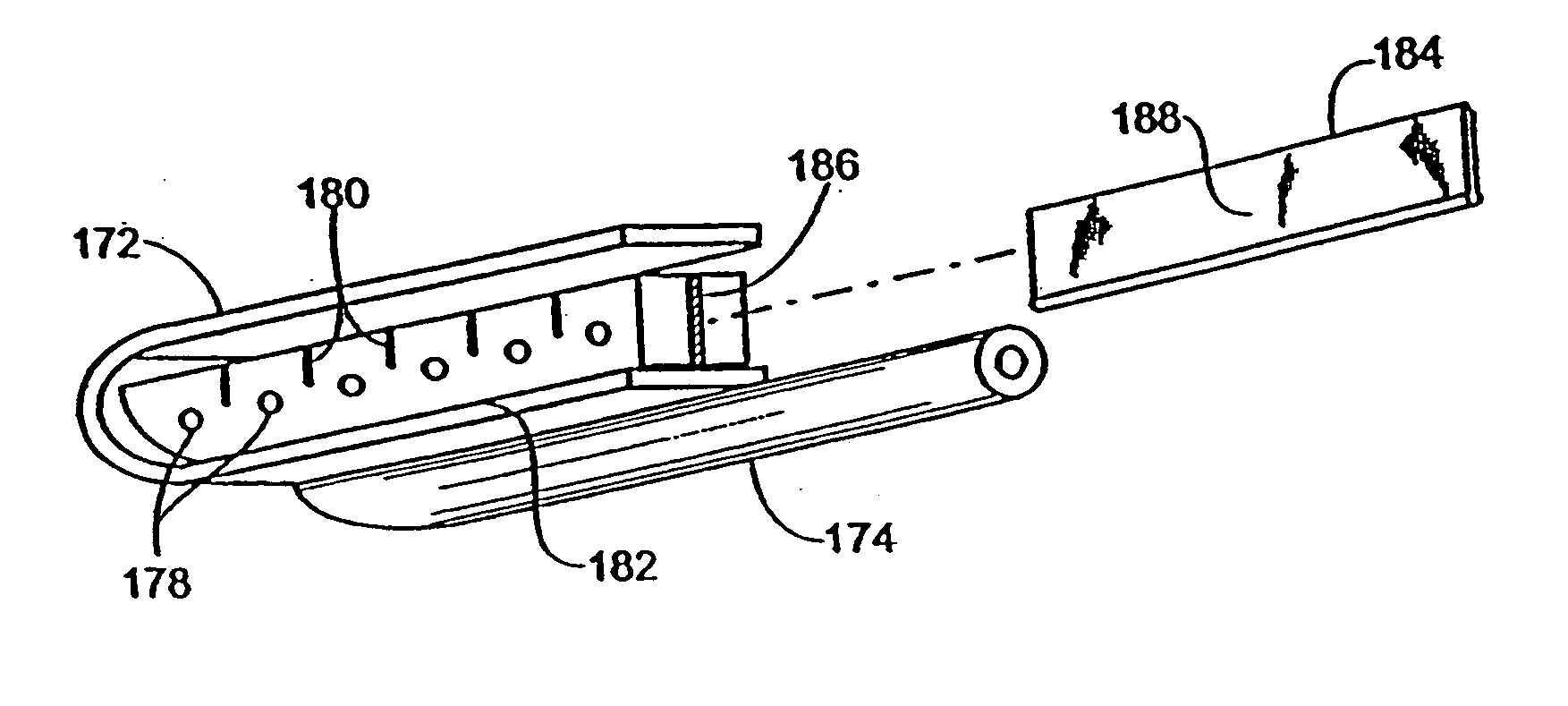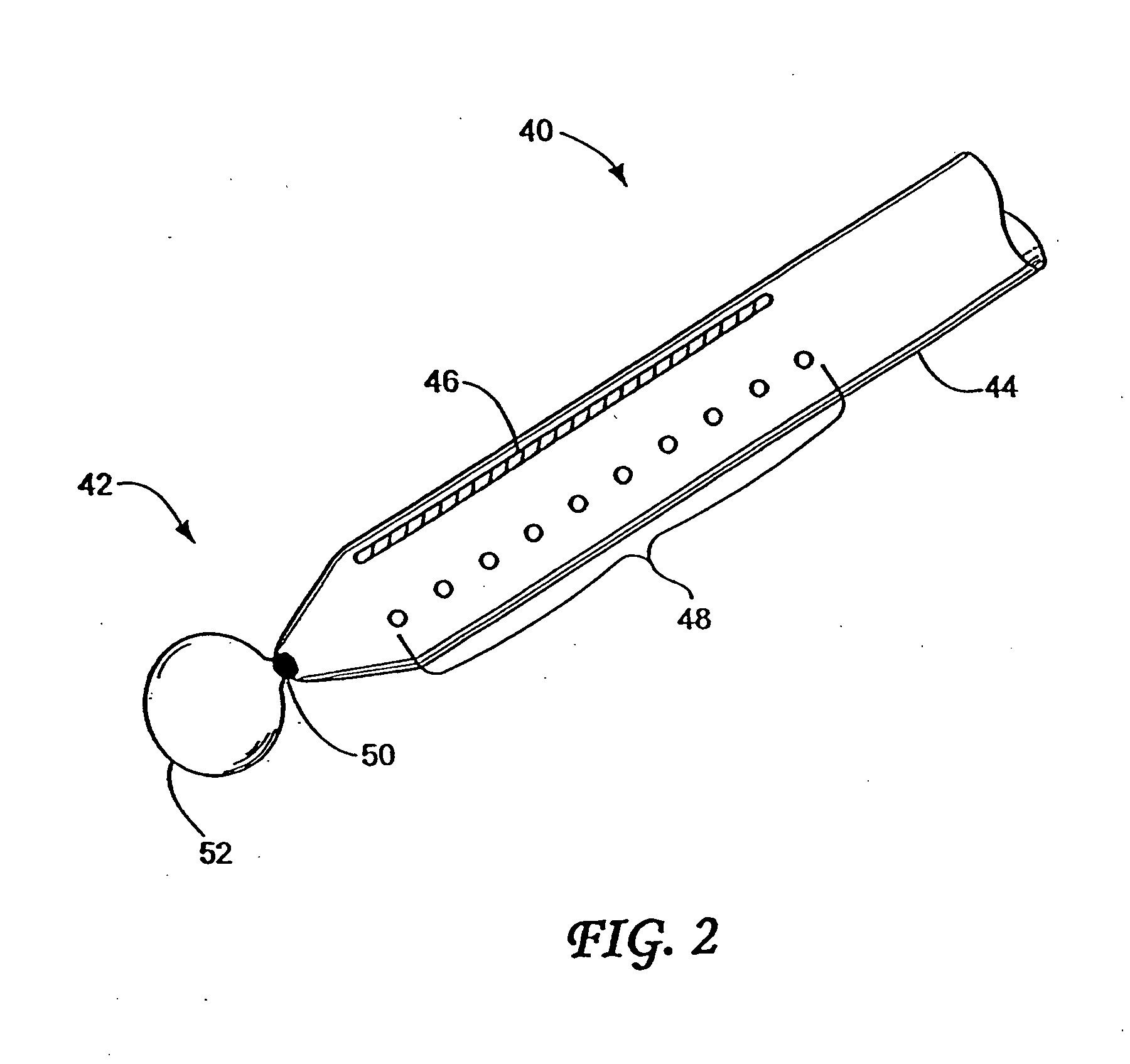Obesity treatment tools and methods
a technology for obesity and treatment tools, applied in the field of obesity treatment tools and methods, can solve the problems of diarrhea, increased stomach emptying rate, inducing dumping, etc., and achieve the effect of improving treatmen
- Summary
- Abstract
- Description
- Claims
- Application Information
AI Technical Summary
Benefits of technology
Problems solved by technology
Method used
Image
Examples
Embodiment Construction
[0089] With obesity becoming an increasing problem, various tools and methods of treatment are described herein which are less traumatic and less invasive than procedures currently available. As described in further detail below, a variety of methods for the treatment of obesity, as well as other gastric-related diseases, are disclosed. Generally, the size of the stomach pouch may be reduced to limit the caloric intake as well as to provide an earlier feeling of satiety. This may be accomplished by creating a smaller gastric pouch within the stomach by a variety of methods. This procedure optionally may be enhanced by performing a pyloroplasty prior to and / or in conjunction with the pouch size reduction, i.e., rendering the pyloric sphincter incompetent. Additionally, the food in the stomach may be made to also bypass a proximal portion of the bowel, i.e., a portion of the duodenum and jejunum, by creating a gastric anastomosis thereby creating a malabsorption of sugars and fats whi...
PUM
 Login to View More
Login to View More Abstract
Description
Claims
Application Information
 Login to View More
Login to View More - R&D
- Intellectual Property
- Life Sciences
- Materials
- Tech Scout
- Unparalleled Data Quality
- Higher Quality Content
- 60% Fewer Hallucinations
Browse by: Latest US Patents, China's latest patents, Technical Efficacy Thesaurus, Application Domain, Technology Topic, Popular Technical Reports.
© 2025 PatSnap. All rights reserved.Legal|Privacy policy|Modern Slavery Act Transparency Statement|Sitemap|About US| Contact US: help@patsnap.com



